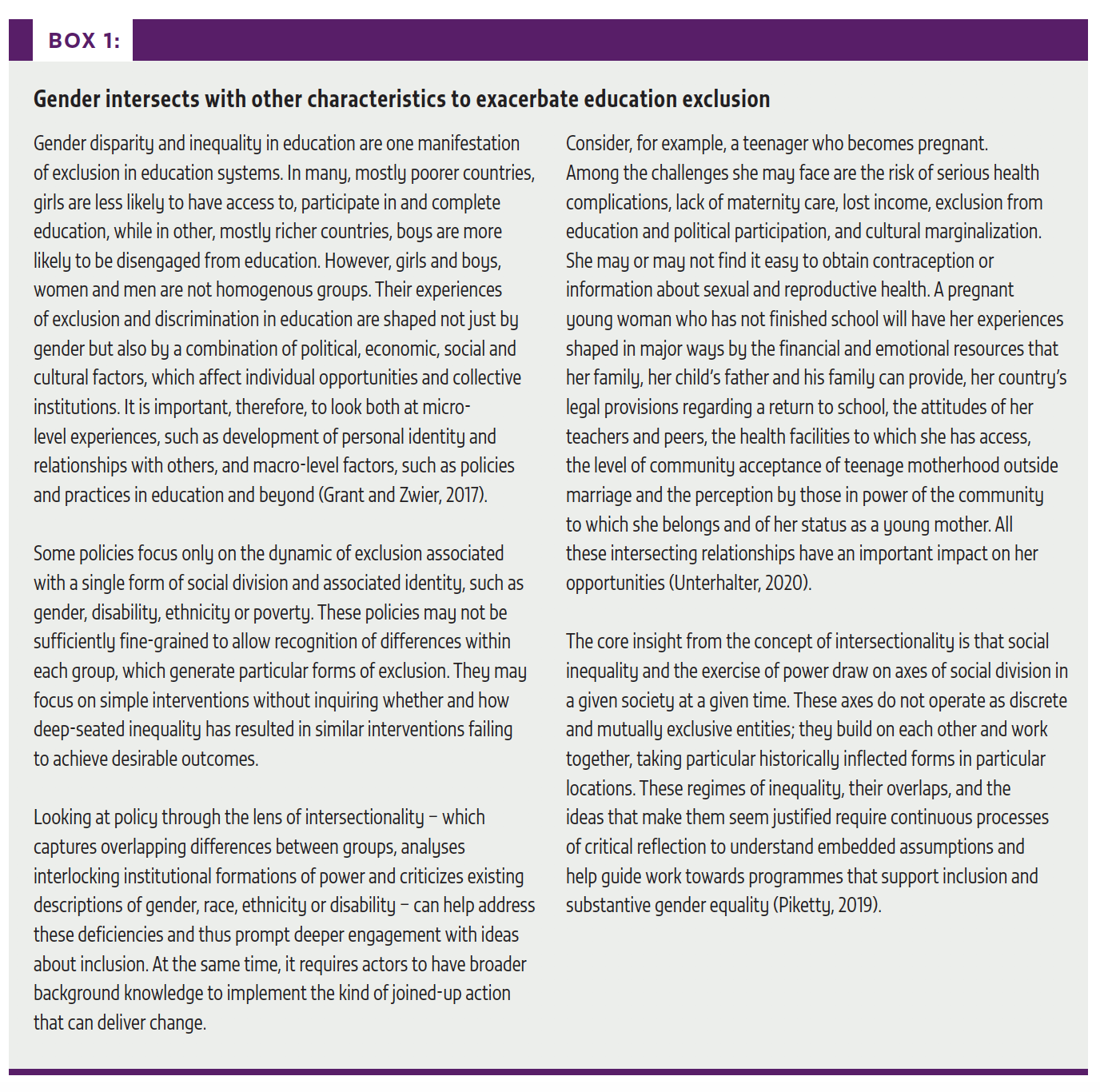Credit: Tom Merilion/Save The Children
Education changed my life from being a child living in a village facing poverty and trying to survive early marriage and violence to a university instructor, activist and advocate for education trying to support and develop education in her country and use it as a tool for change. I believe in education. Just as it changed my life, it could change the lives of all children in the world. – Ahlam, Yemen
In the United Nations (UN) 2030 Agenda for Sustainable Development, the world pledged to leave no one behind.As part of the agenda, the international community committed to achieve the fourth Sustainable Development Goal (SDG 4): ‘Ensure inclusive and equitable quality education and promote lifelong learning opportunities for all.’SDG target 4.5 pledges, moreover, to ‘eliminate gender disparities in education’. And SDG 5 makes a commitment to ‘achieve gender equality and empower all women and girls’.
These goals and targets express an aspiration towards equality, equity and inclusion. Equality is a state of affairs(what): a result that can be observed in inputs, outputs or outcomes. Equity is a process (how): actions aimed at ensuring equality. The concept of inclusion, on the other hand, involves both means and ends. In this report,inclusion is defined first and foremost as a process, relating to actions that embrace diversity and build a sense of belonging, rooted in the belief that every person has value and potential and should be respected. Yet inclusion is also a state of affairs, a result, with a multifaceted nature that makes it difficult to pin down.
A comprehensive analysis of inclusion in education from a gender perspective must involve more than simply noting gender parity levels (that is, equality of participation or achievement rates in various education levels and strands). It also requires a review of potential sources of discrimination in education, such as those involving teaching and learning materials, water and sanitation facilities, and laws and policies. It necessitates examining other potential forms of disadvantage and discrimination, such as poverty, location, ethnicity and disability,which intersect with gender to leave some boys and girls, women and men behind in education (Box 1).

Building on the 2020 Global Education Monitoring Report, this report investigates how inclusion in education can advance gender equality in and through education, which is critical to make progress towards gender equality in society. The goal of gender equality is, of course, not new. It was enshrined in the 1979 Convention on the Elimination of All Forms of Discrimination Against Women and was at the core of the 1995 Beijing Declaration and Platform for Action, whose 25th anniversary is marked in 2020 (Box 2).

This report takes stock of progress towards gender equality in education but also towards implementation of selected Beijing strategies since 1995, informed by country case studies on early pregnancy, school counselling, teaching and learning materials, women in the education workforce and school-related gender-based violence,developed with the support of UNESCO and the Global Working Group to End School-related Gender-based Violence. In particular, the report aims to answer the following questions:„
While important progress has been made towards gender equality over the last 25 years, gains have been uneven across and within countries. Moreover, the progress made remains fragile, as reversals are occasionally observed in some contexts. The Covid-19 global pandemic, which risks deepening existing inequality, also has adverse implications for gender equality in many countries.

